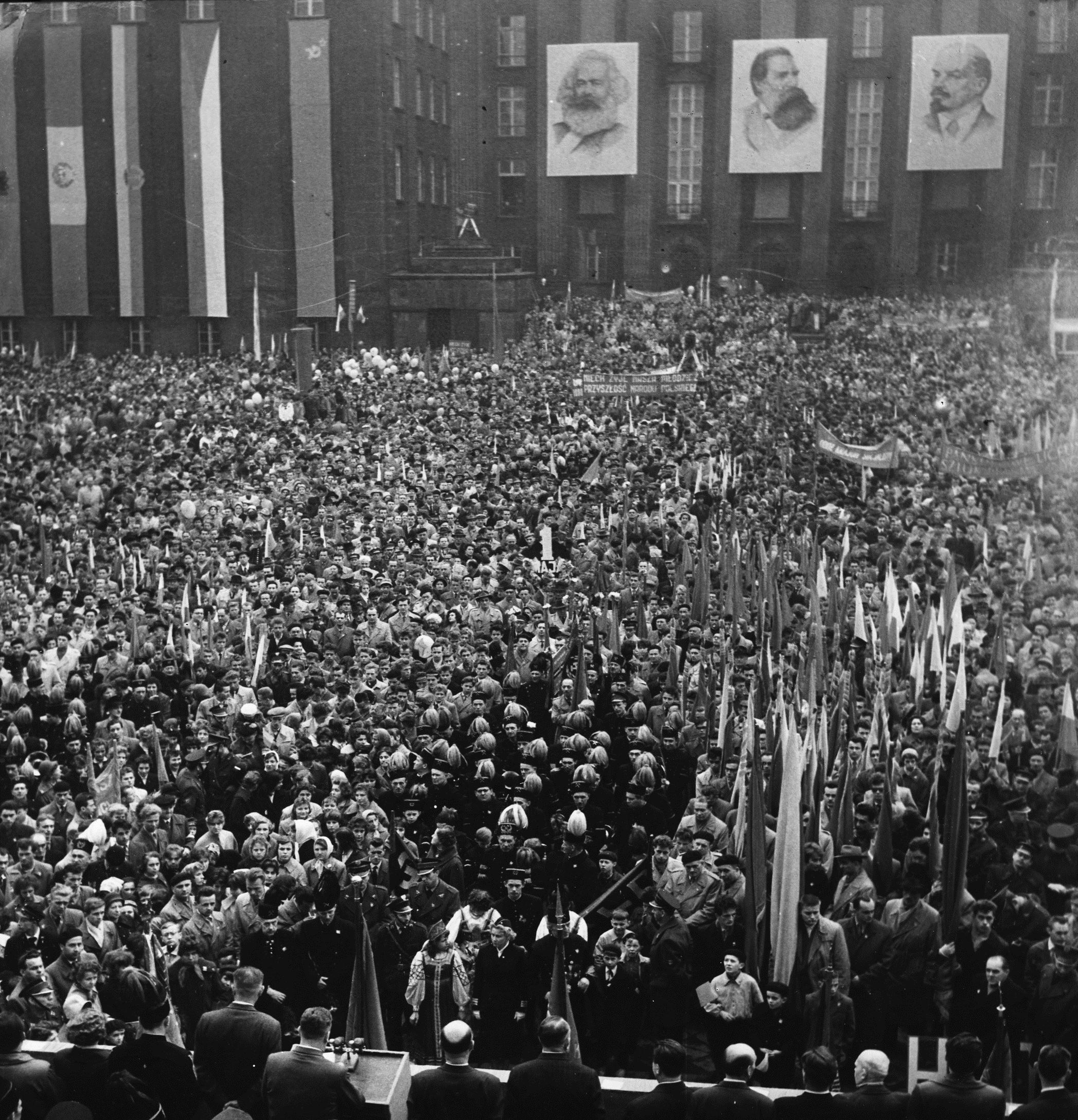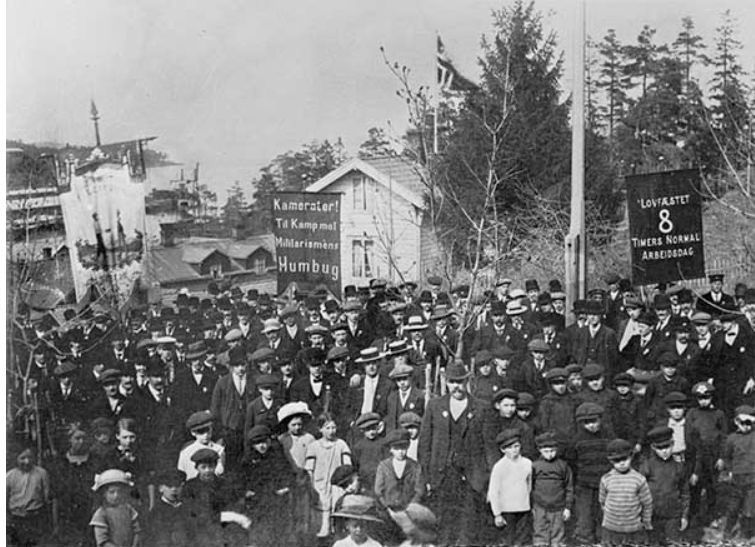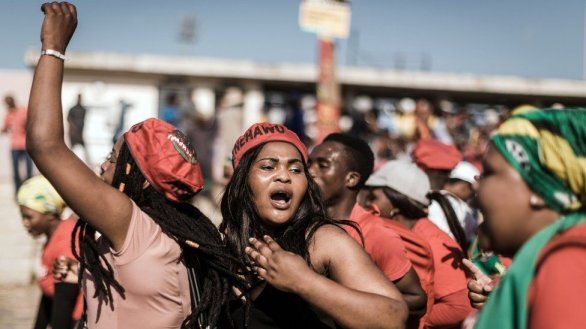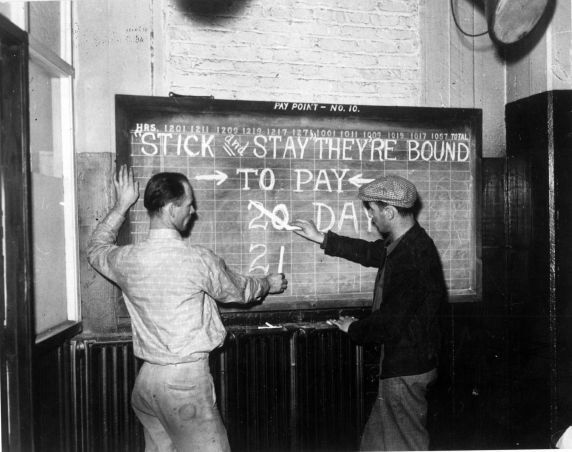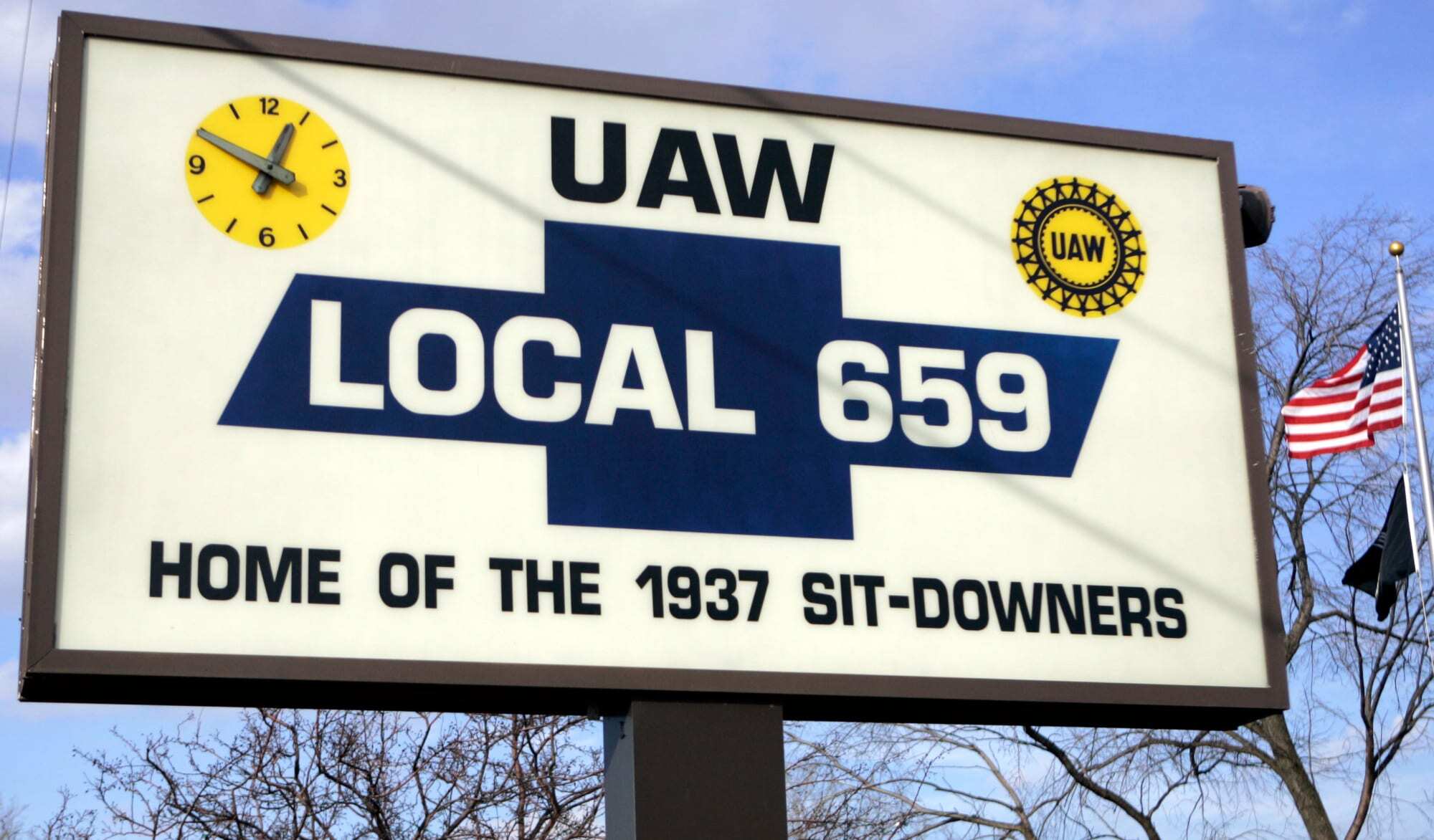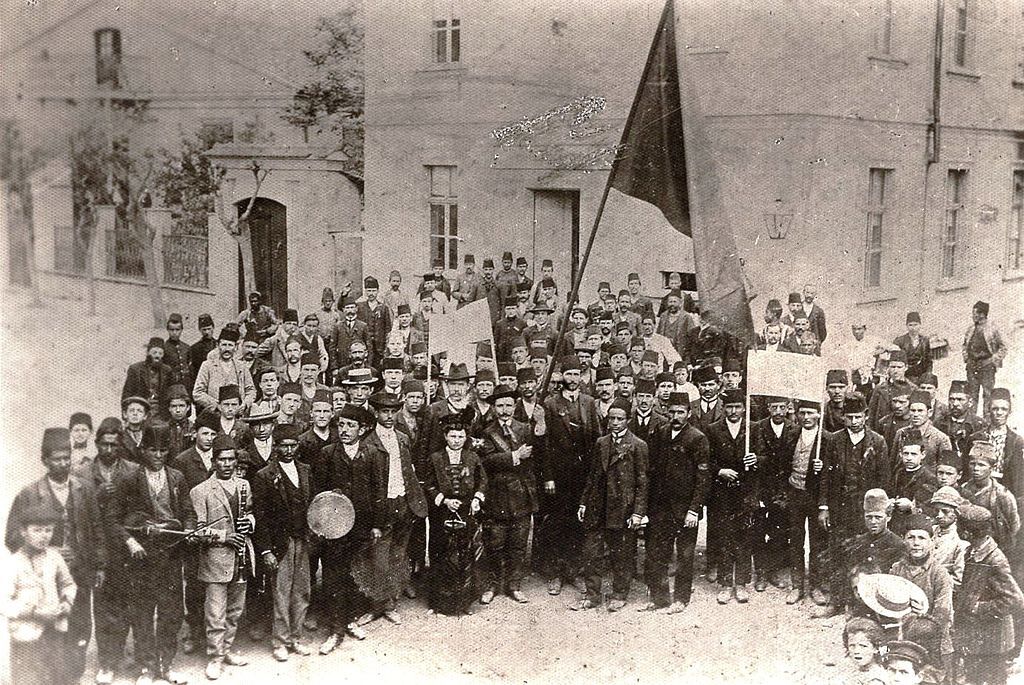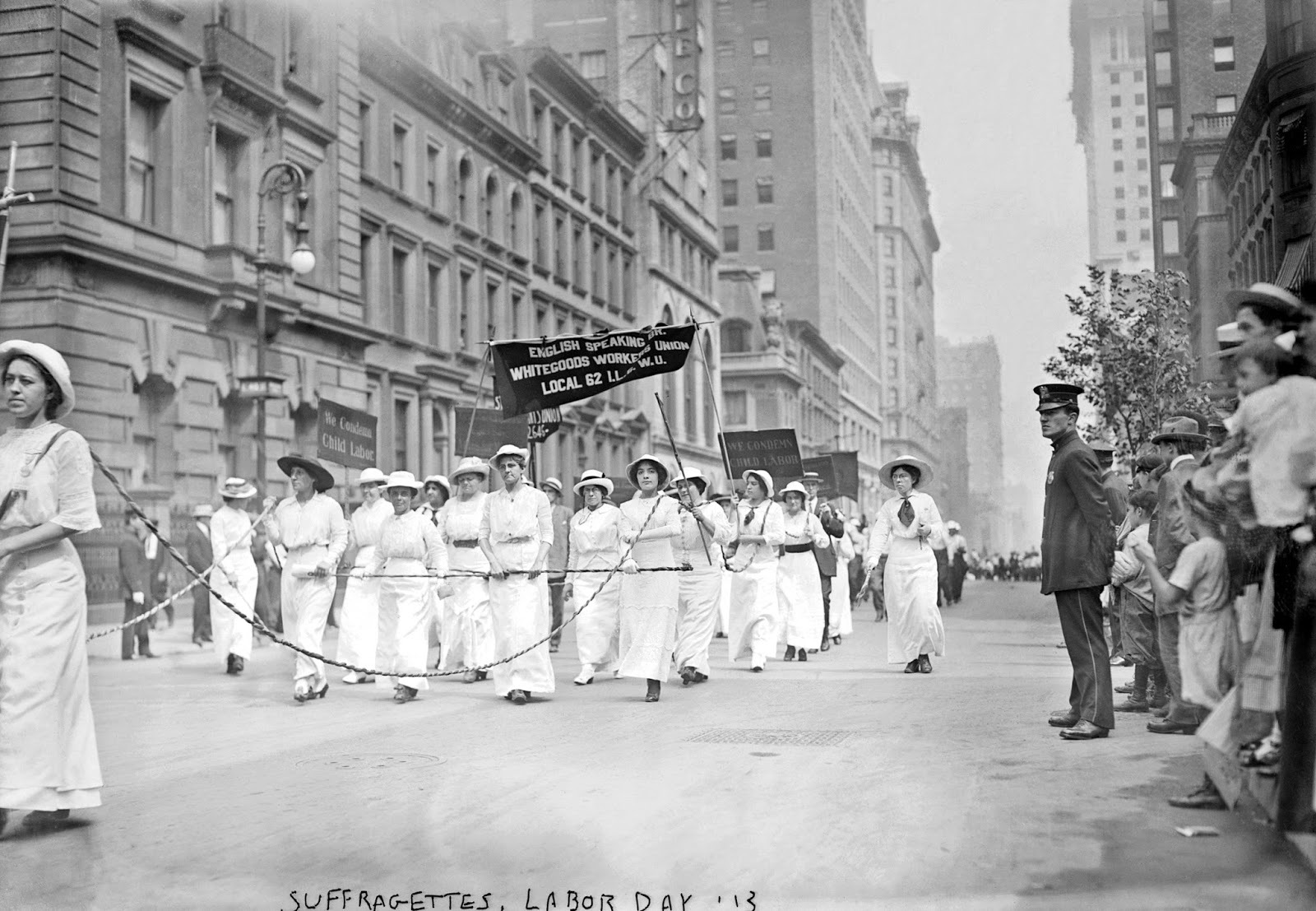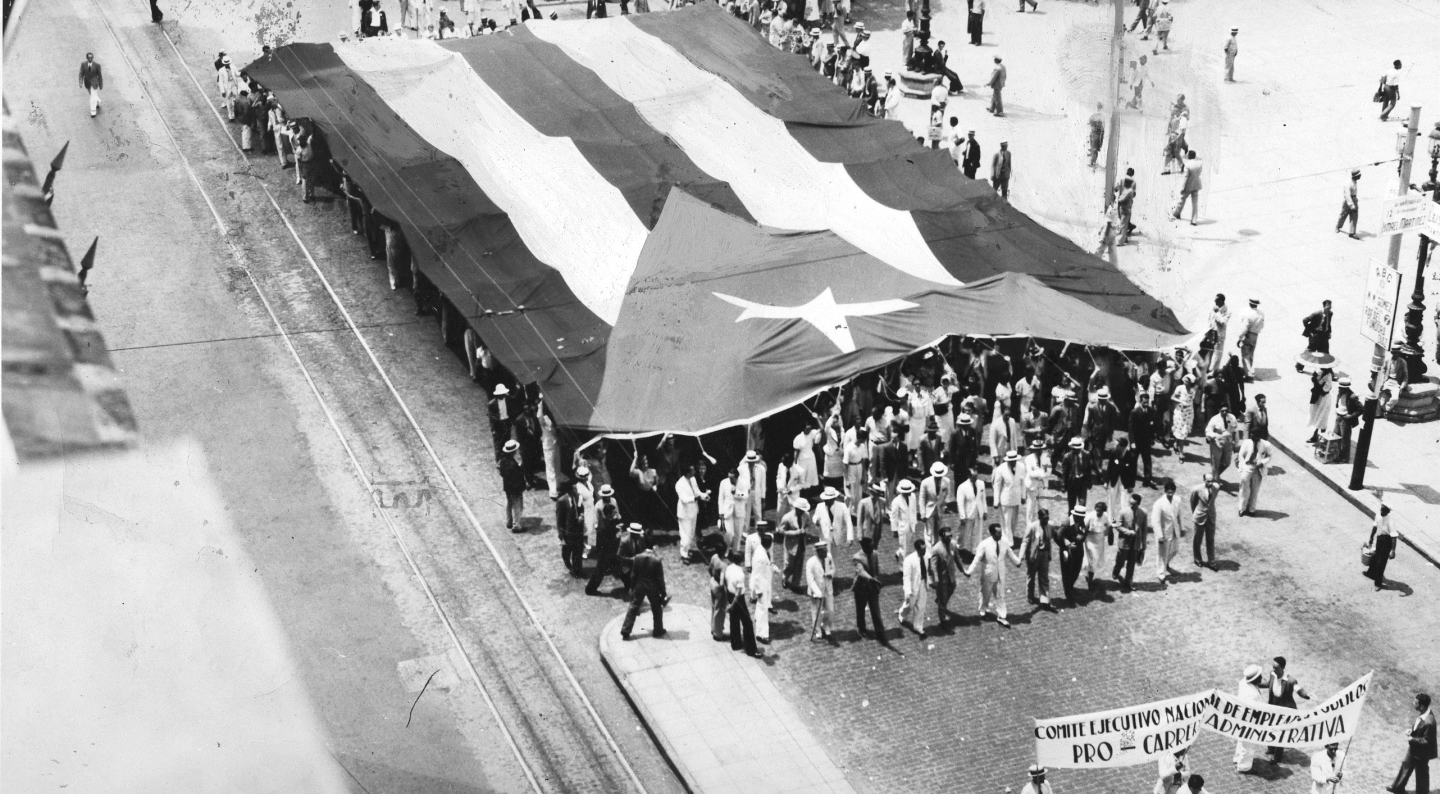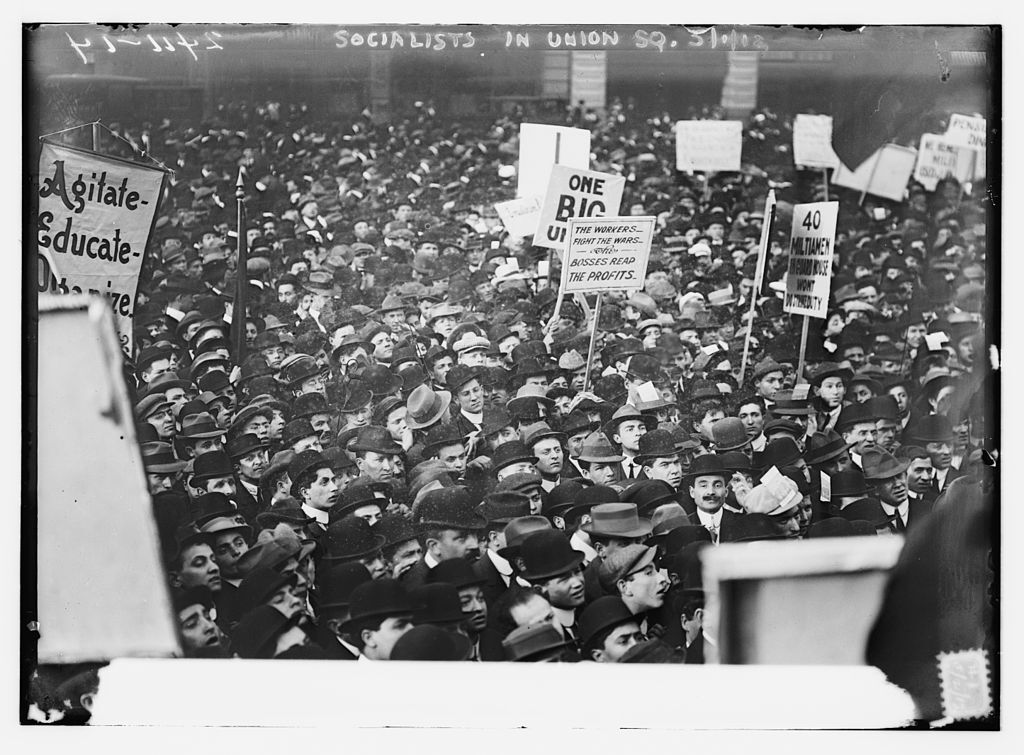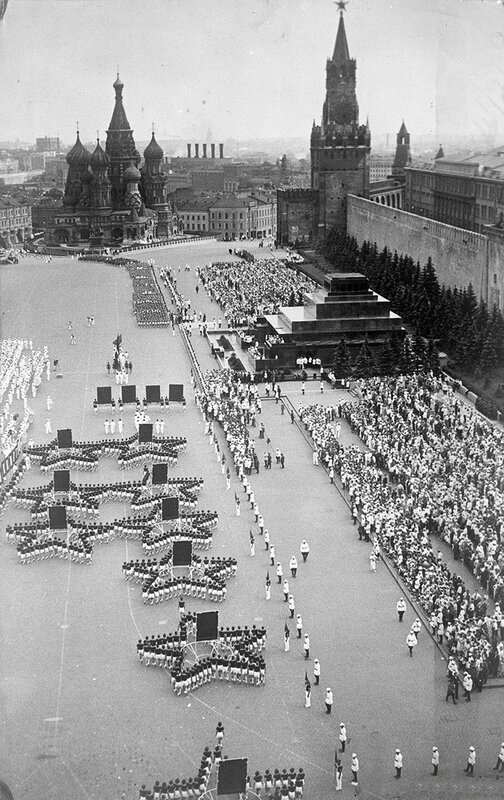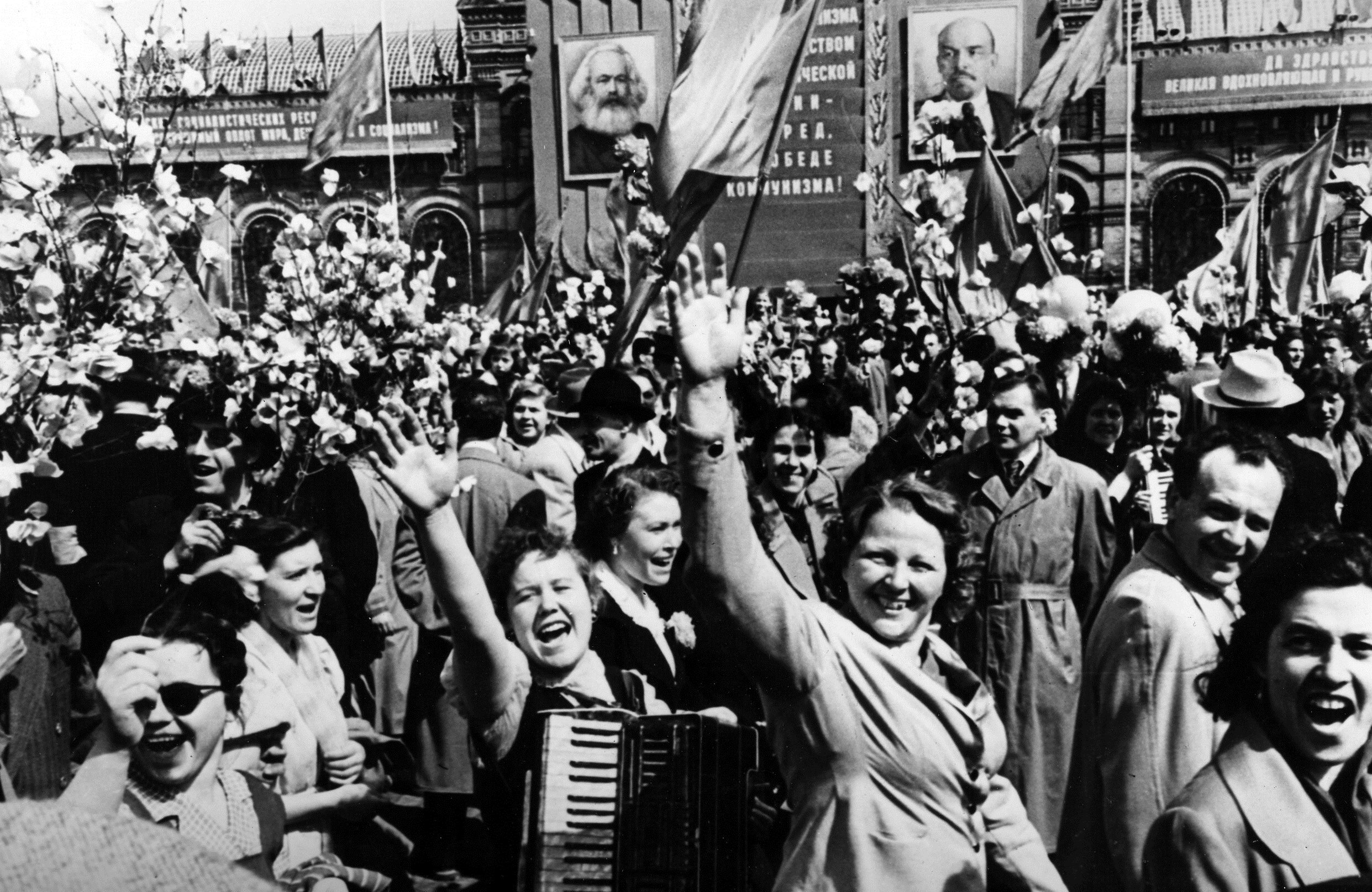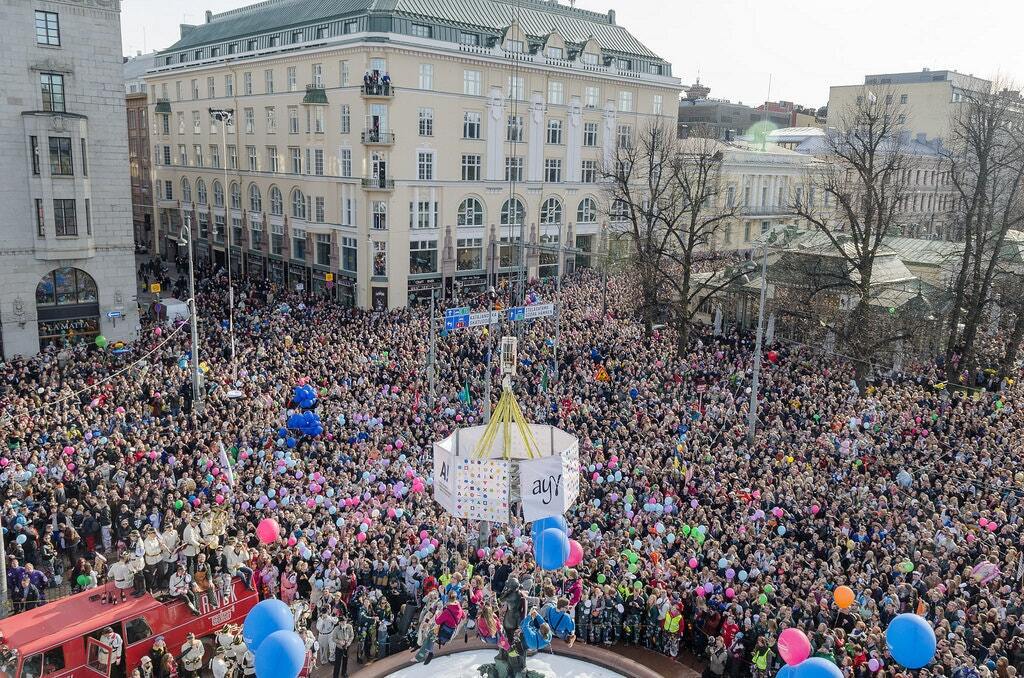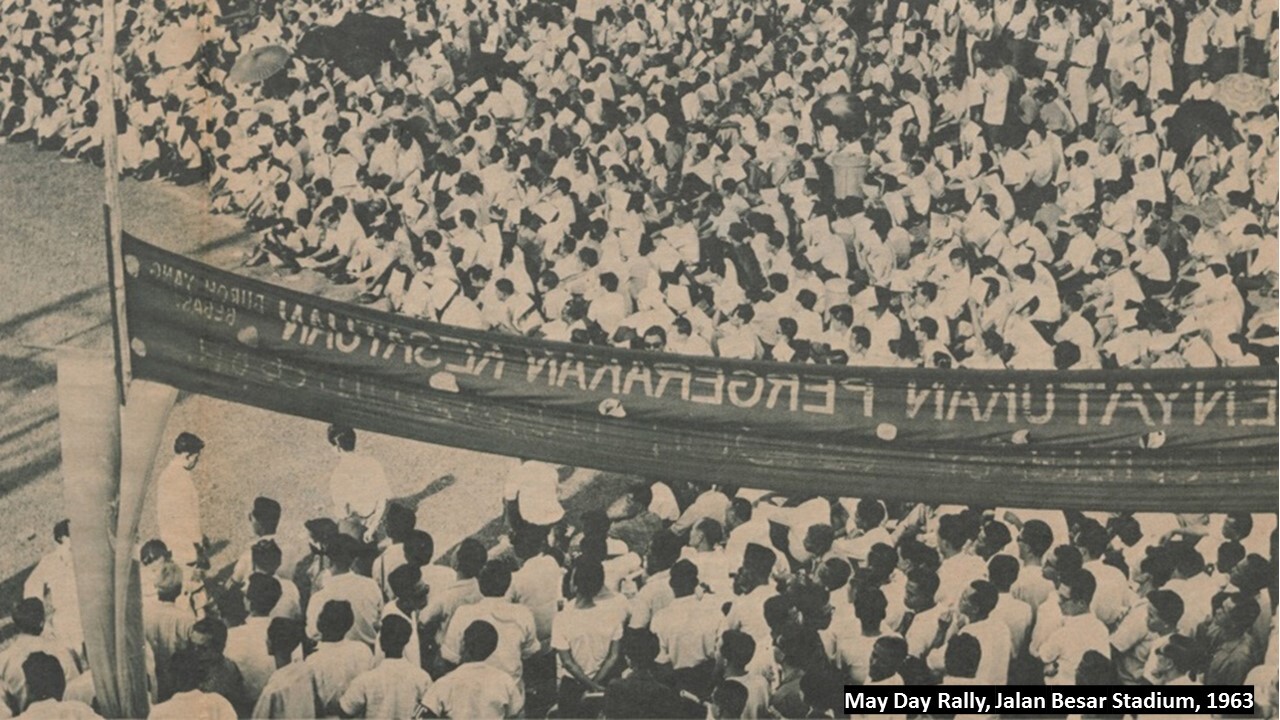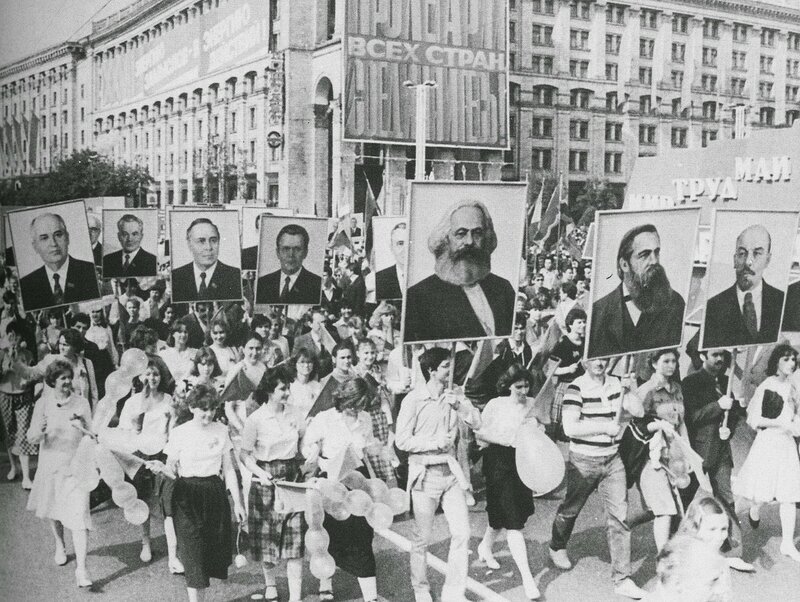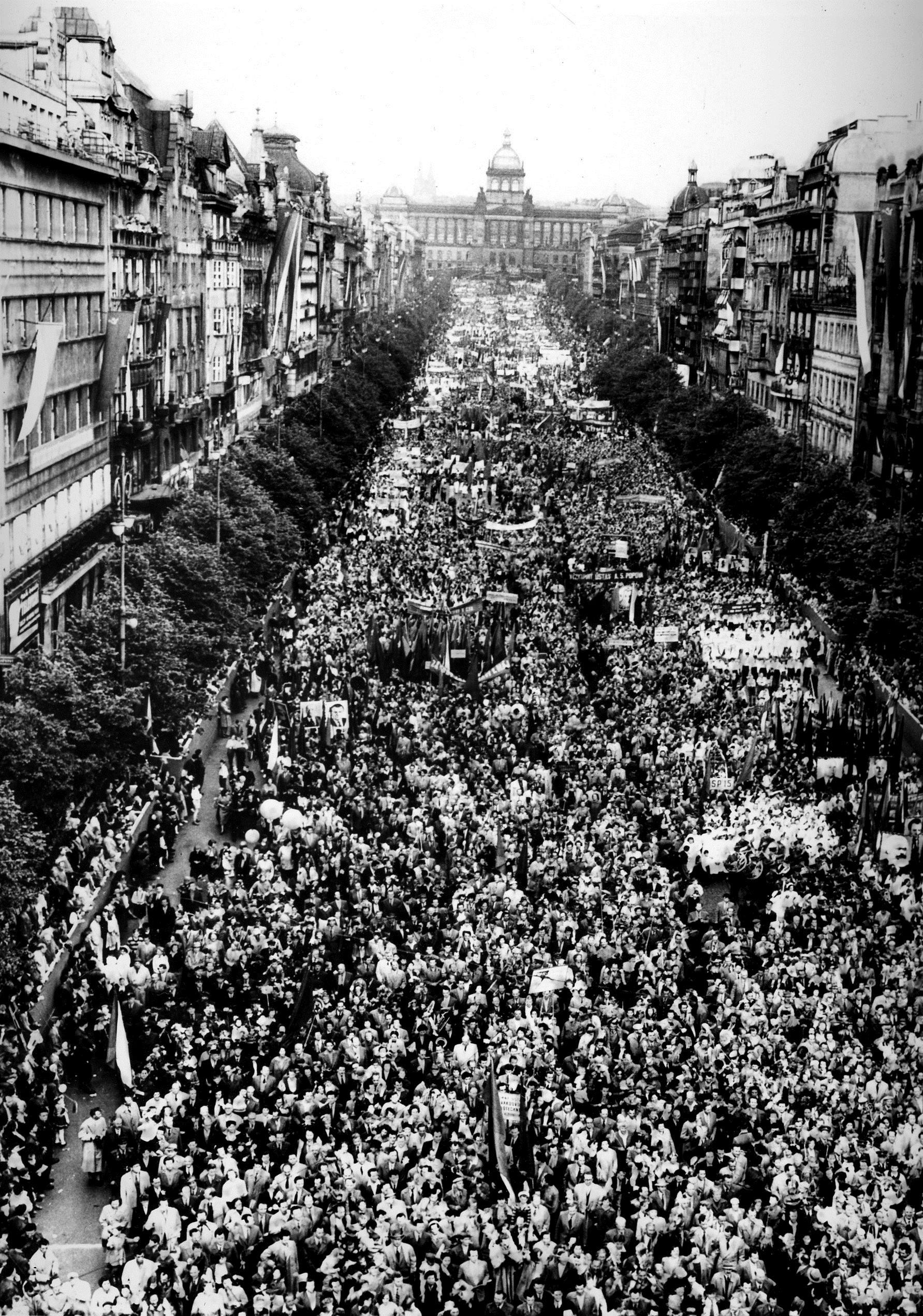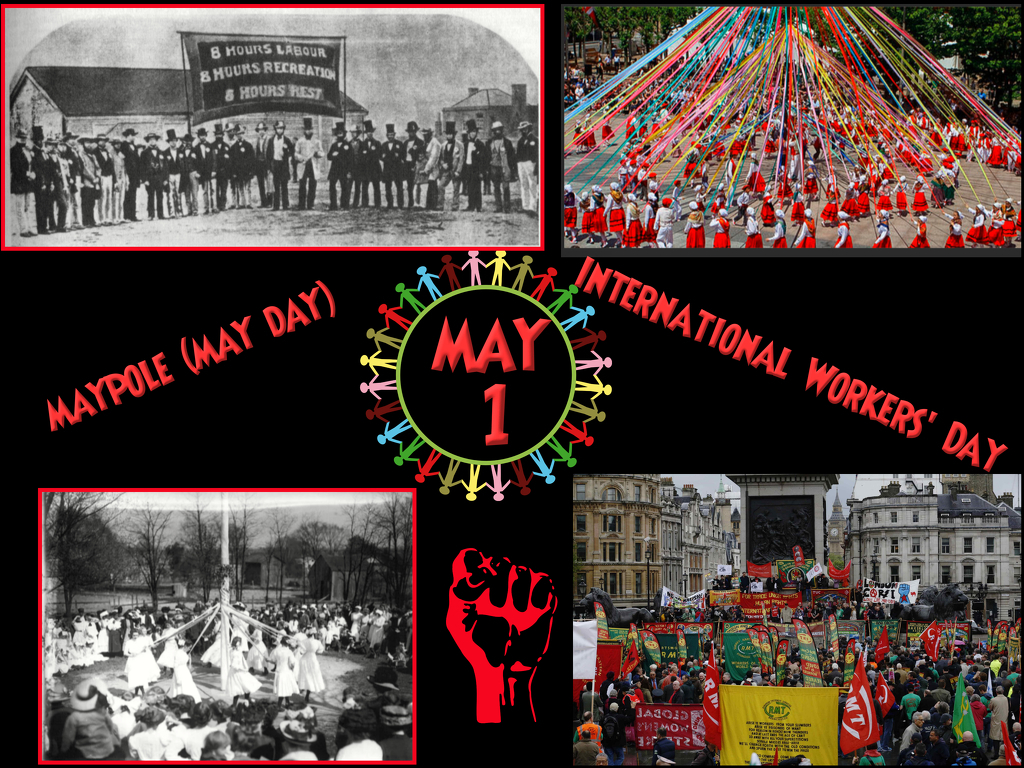
The MAYPOLE TRADITION (MAY DAY)
Another popular tradition of May Day involves the maypole. While the exact origins of the maypole remain unknown, the annual traditions surrounding it can be traced back to medieval times, and some are still celebrated today.
Villagers would enter the woods to find a maypole that was set up for the day in small towns (or sometimes permanently in larger cities). The day’s festivities involved merriment, as people would dance around the pole clad with colorful streamers and ribbons.
Historians believe the first maypole dance originated as part of a fertility ritual, where the pole symbolized male fertility and baskets and wreaths symbolized female fertility.
The maypole never really took root in America, where May Day celebrations were discouraged by the Puritans. But other forms of celebrations did find their way to the New World.
During the 19th and 20th centuries, May Basket Day was celebrated across the country, where baskets were created with flowers, candies and other treats and hung on the doors of friends, neighbors and loved ones on May 1.
What does May Day have to do with the international distress call, "Mayday, Mayday, Mayday"? Nothing, as it turns out. The code was invented in 1923 by an airport radio officer in London. Challenged to come up with a word that would be easily understood by pilots and ground staff in case of an emergency, Frederick Mockford coined the word "mayday" because it sounded like "m'aider," a shortened version of the French term for " come and help me."
INTERNATIONAL WORKERS' DAY
The connection between May Day and labor rights began in the United States. During the 19th century, at the height of the Industrial Revolution, thousands of men, women and children were dying every year from poor working conditions and long hours.
In an attempt to end these inhumane conditions, the Federation of Organized Trades and Labor Unions (which would later become the American Federation of Labor, or AFL) held a convention in Chicago in 1884. The FOTLU proclaimed “eight hours shall constitute a legal day’s labor from and after May 1, 1886.”
The following year the Knights of Labor—then America’s largest labor organization—backed the proclamation as both groups encouraged workers to strike and demonstrate.
On May 1, 1886, more than 300,000 workers (40,000 in Chicago alone) from 13,000 business walked out of their jobs across the country. In the following days, more workers joined and the number of strikers grew to almost 100,000.

A TRADIÇÃO DO MASTRO (PRIMEIRO DE MAIO)
Outra tradição popular do Primeiro de Maio envolve o mastro. Embora as origens exatas do mastro permaneçam desconhecidas, as tradições anuais que o cercam remontam à época medieval, e algumas ainda são celebradas hoje.
Os aldeões entravam na floresta e encontravam um mastro de maio, que era erguido para o dia em pequenas cidades (ou às vezes permanentemente em cidades maiores). As festividades do dia eram repletas de alegria, com as pessoas dançando ao redor do mastro, vestidas com fitas e serpentinas coloridas.
Os historiadores acreditam que a primeira dança do mastro surgiu como parte de um ritual de fertilidade, onde o mastro simbolizava a fertilidade masculina e cestas e coroas simbolizavam a fertilidade feminina.
O mastro nunca se enraizou realmente na América, onde as celebrações do Primeiro de Maio eram desencorajadas pelos puritanos. Mas outras formas de celebração chegaram ao Novo Mundo.
Durante os séculos 19 e 20, o Dia da Cesta de Maio foi comemorado em todo o país, onde cestas eram criadas com flores, doces e outras guloseimas e penduradas nas portas de amigos, vizinhos e entes queridos no dia 1º de maio.
O que o Primeiro de Maio tem a ver com o chamado internacional de socorro, "Mayday, Mayday, Mayday"? Nada, ao que parece. O código foi inventado em 1923 por um oficial de rádio de um aeroporto em Londres. Desafiado a encontrar uma palavra que fosse facilmente compreendida por pilotos e pessoal de terra em caso de emergência, Frederick Mockford cunhou a palavra "mayday" porque soava como "m'aider", uma versão abreviada do termo francês para "venha me ajudar".
DIA INTERNACIONAL DOS TRABALHADORES
A conexão entre o Primeiro de Maio e os direitos trabalhistas começou nos Estados Unidos. Durante o século XIX, no auge da Revolução Industrial, milhares de homens, mulheres e crianças morriam todos os anos devido às péssimas condições de trabalho e às longas jornadas de trabalho.
Em uma tentativa de acabar com essas condições desumanas, a Federação de Sindicatos e Comércios Organizados (que mais tarde se tornaria a Federação Americana do Trabalho, ou AFL) realizou uma convenção em Chicago em 1884. A FOTLU proclamou que "oito horas constituirão um dia legal de trabalho a partir de 1º de maio de 1886".
No ano seguinte, os Cavaleiros do Trabalho — então a maior organização trabalhista dos Estados Unidos — apoiaram a proclamação, já que ambos os grupos incentivaram os trabalhadores a fazer greve e se manifestar.
Em 1º de maio de 1886, mais de 300.000 trabalhadores (40.000 só em Chicago) de 13.000 empresas paralisaram seus empregos em todo o país. Nos dias seguintes, mais trabalhadores aderiram e o número de grevistas cresceu para quase 100.000.
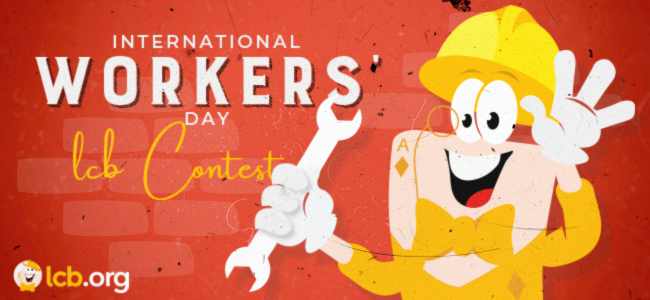

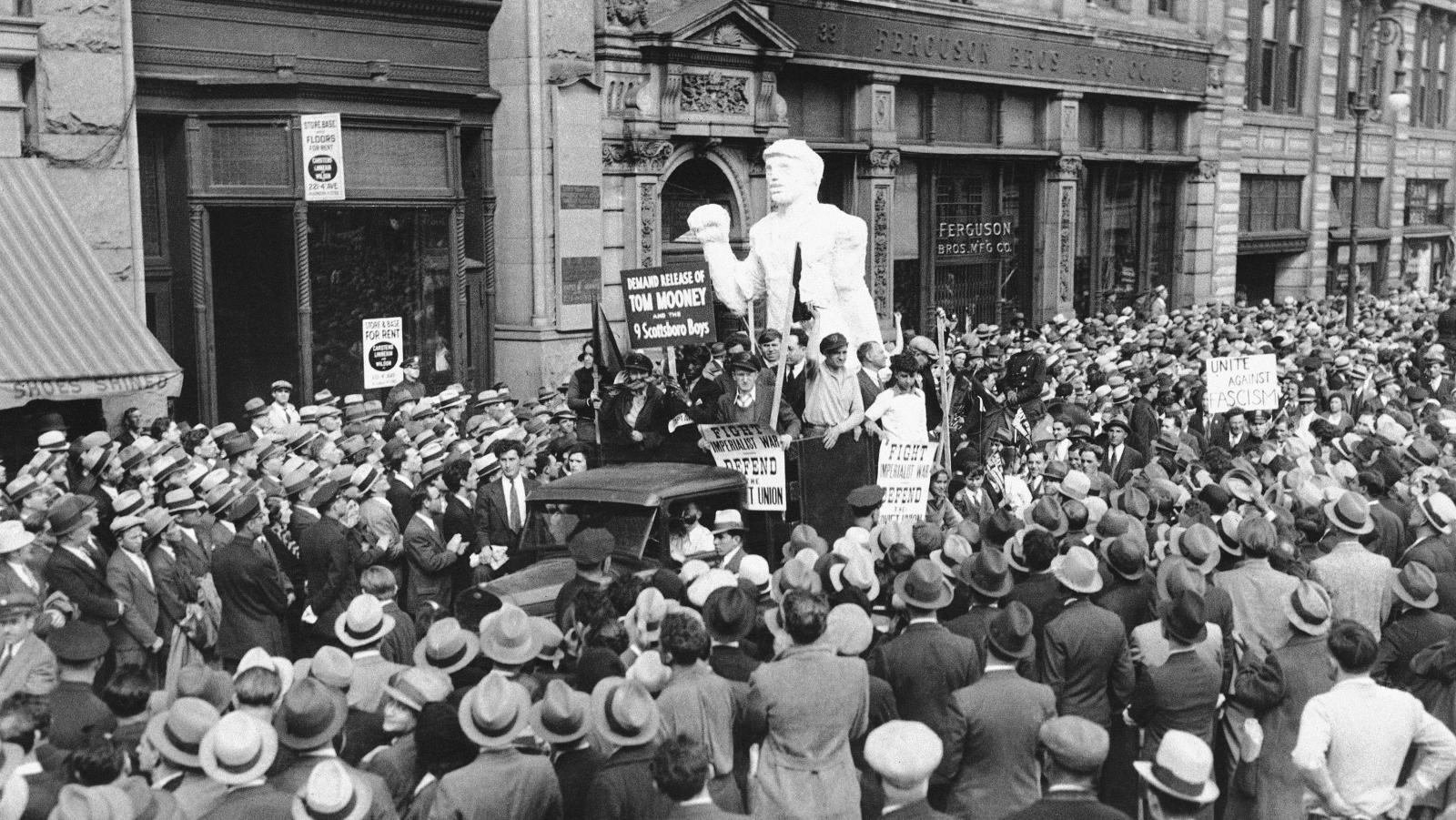
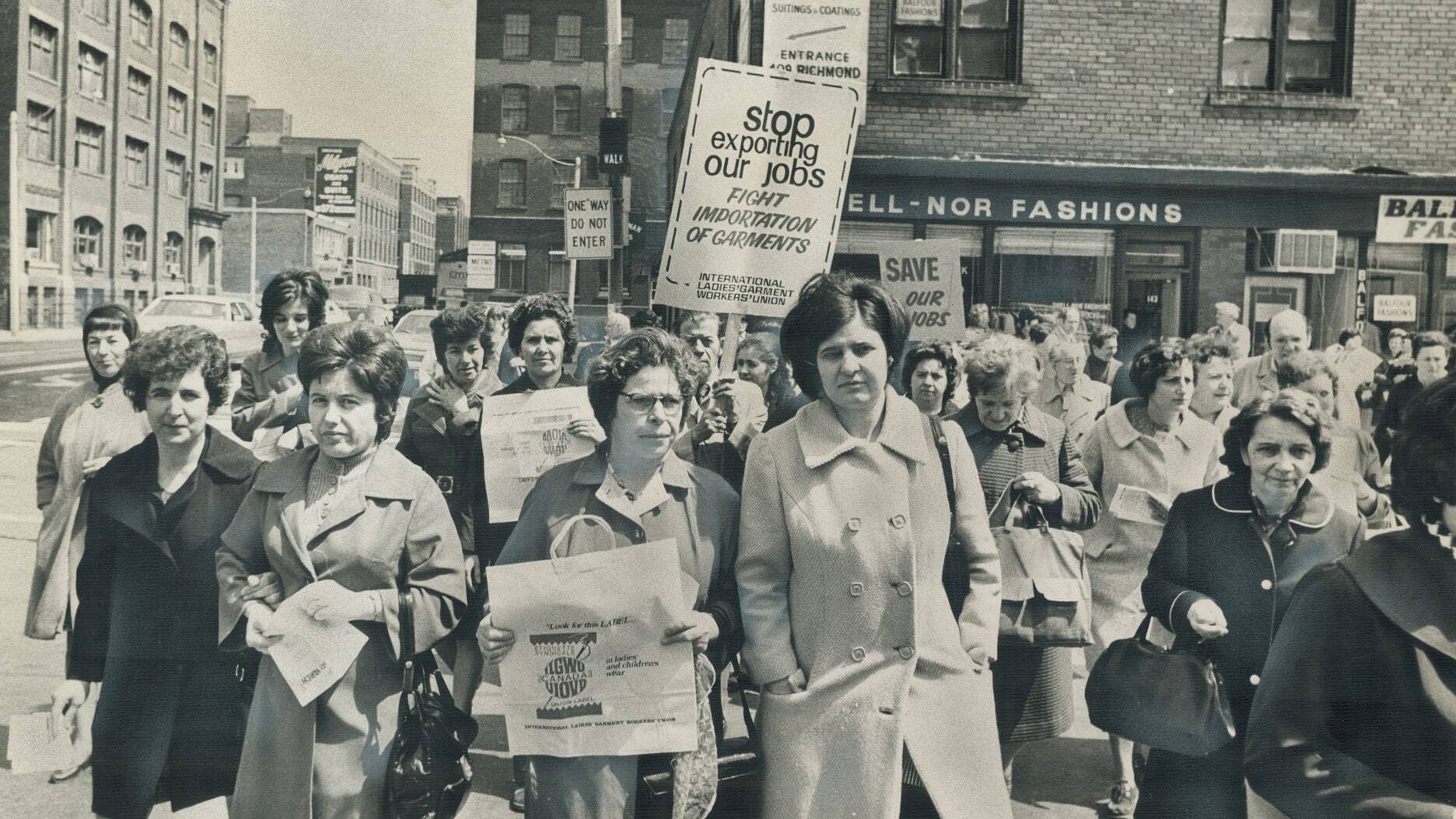


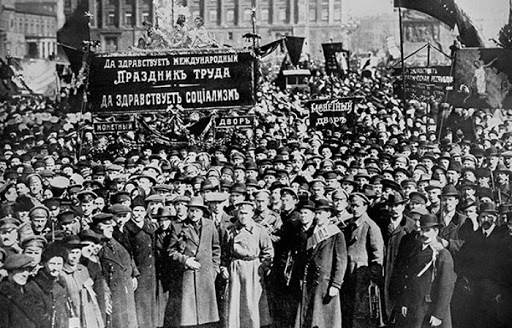
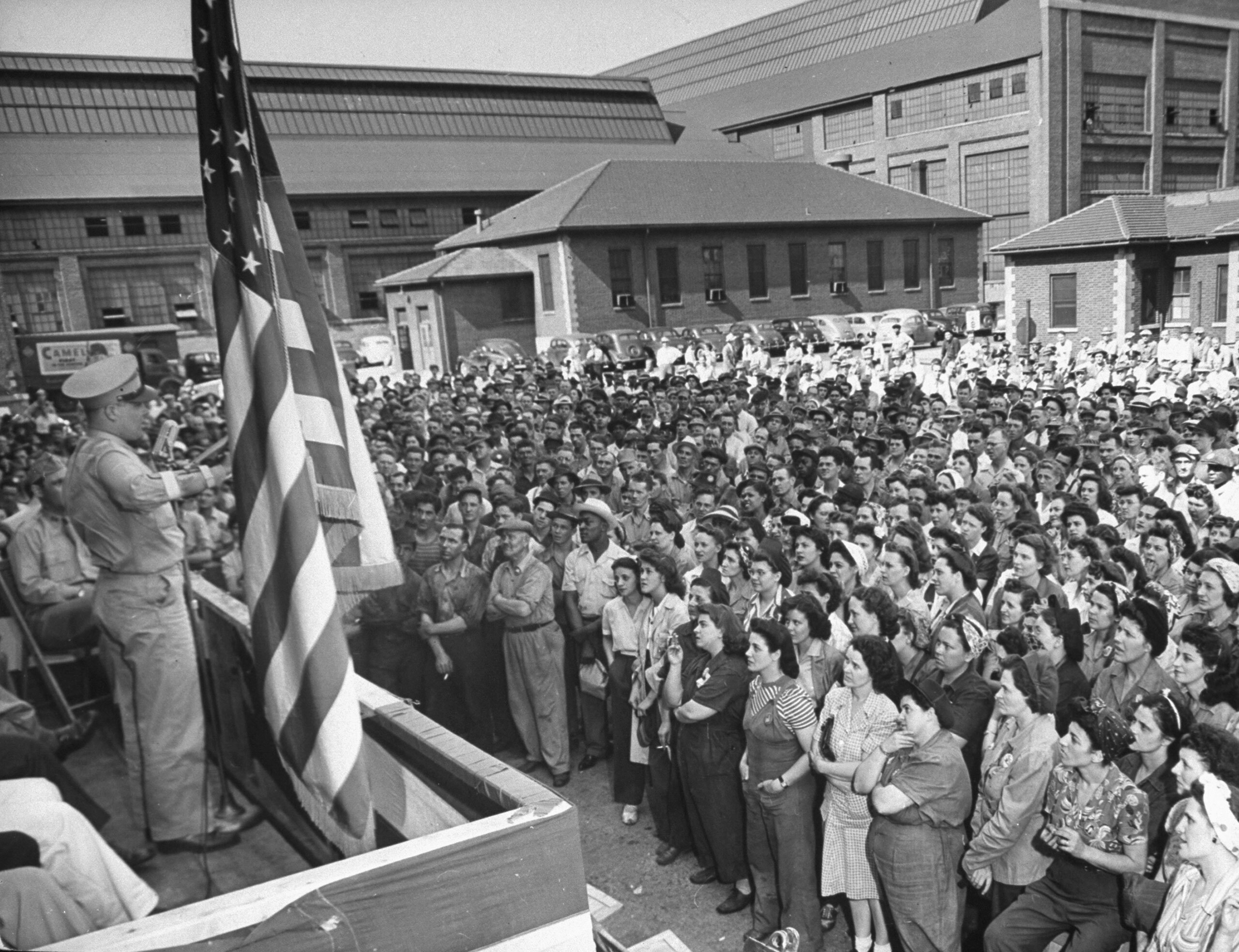 Women employees at Tubular Alloy Steel Corp. gathered en masse to listen to wartime pep rally speech by Army Pvt. John Adams of Detroit who was wounded in action in Buna campaign.
Women employees at Tubular Alloy Steel Corp. gathered en masse to listen to wartime pep rally speech by Army Pvt. John Adams of Detroit who was wounded in action in Buna campaign.
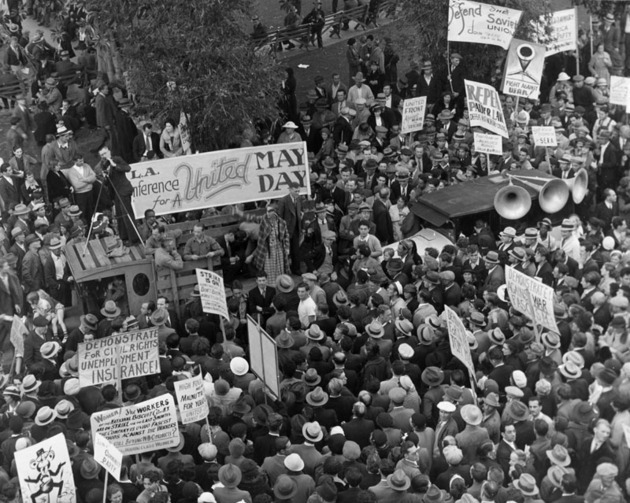
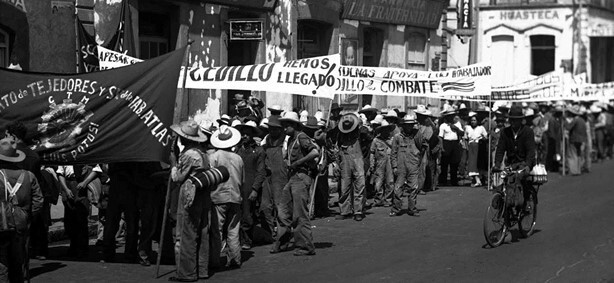
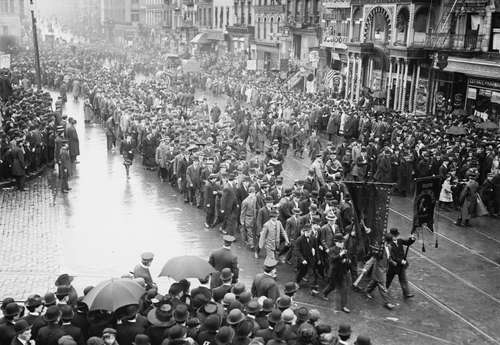
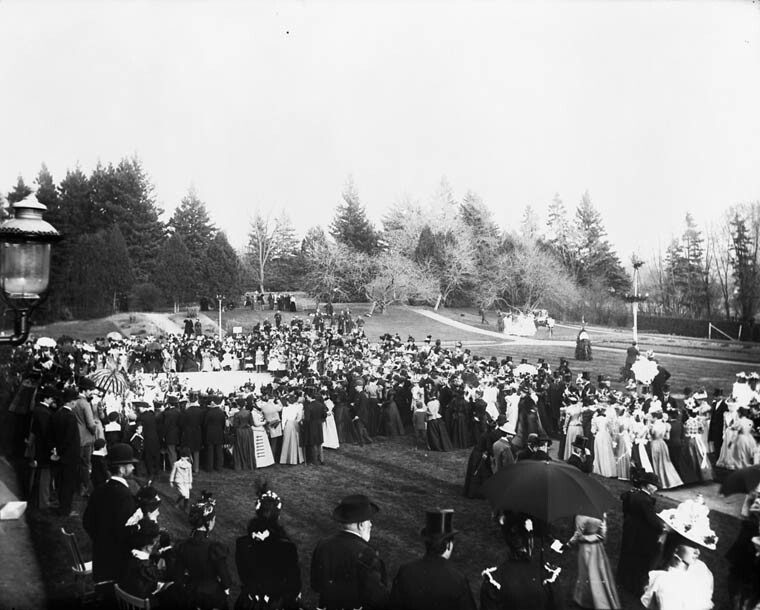

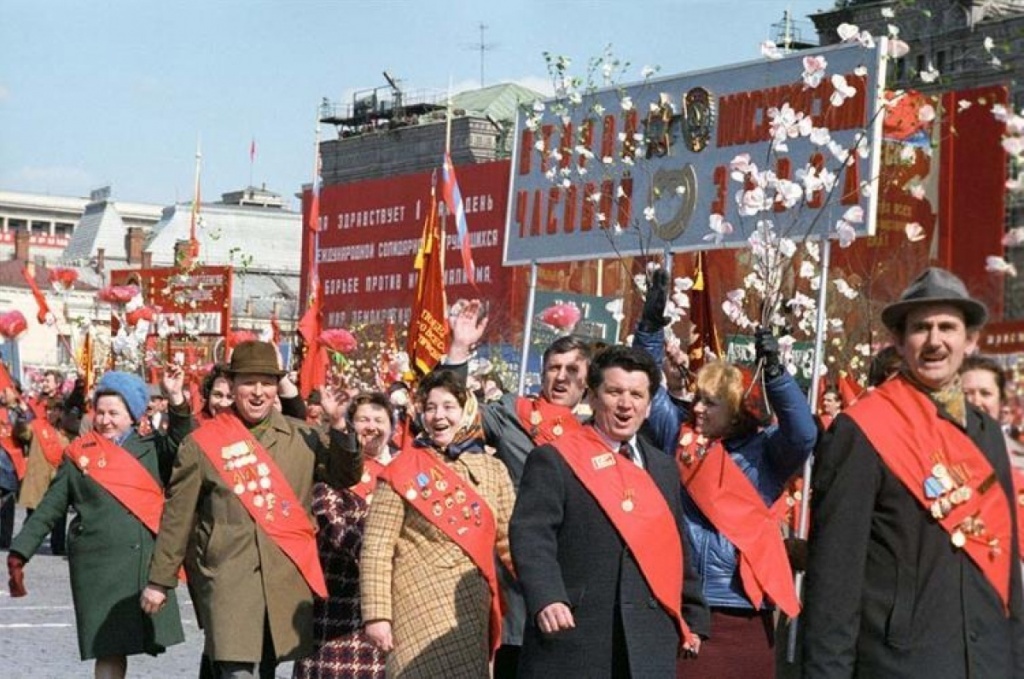
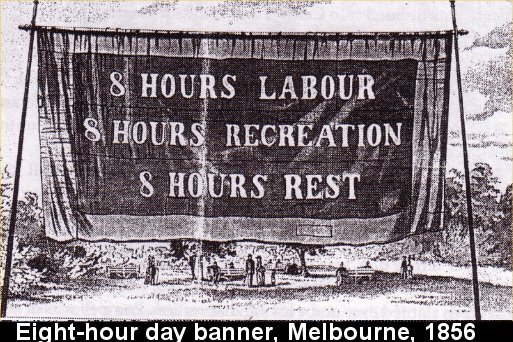
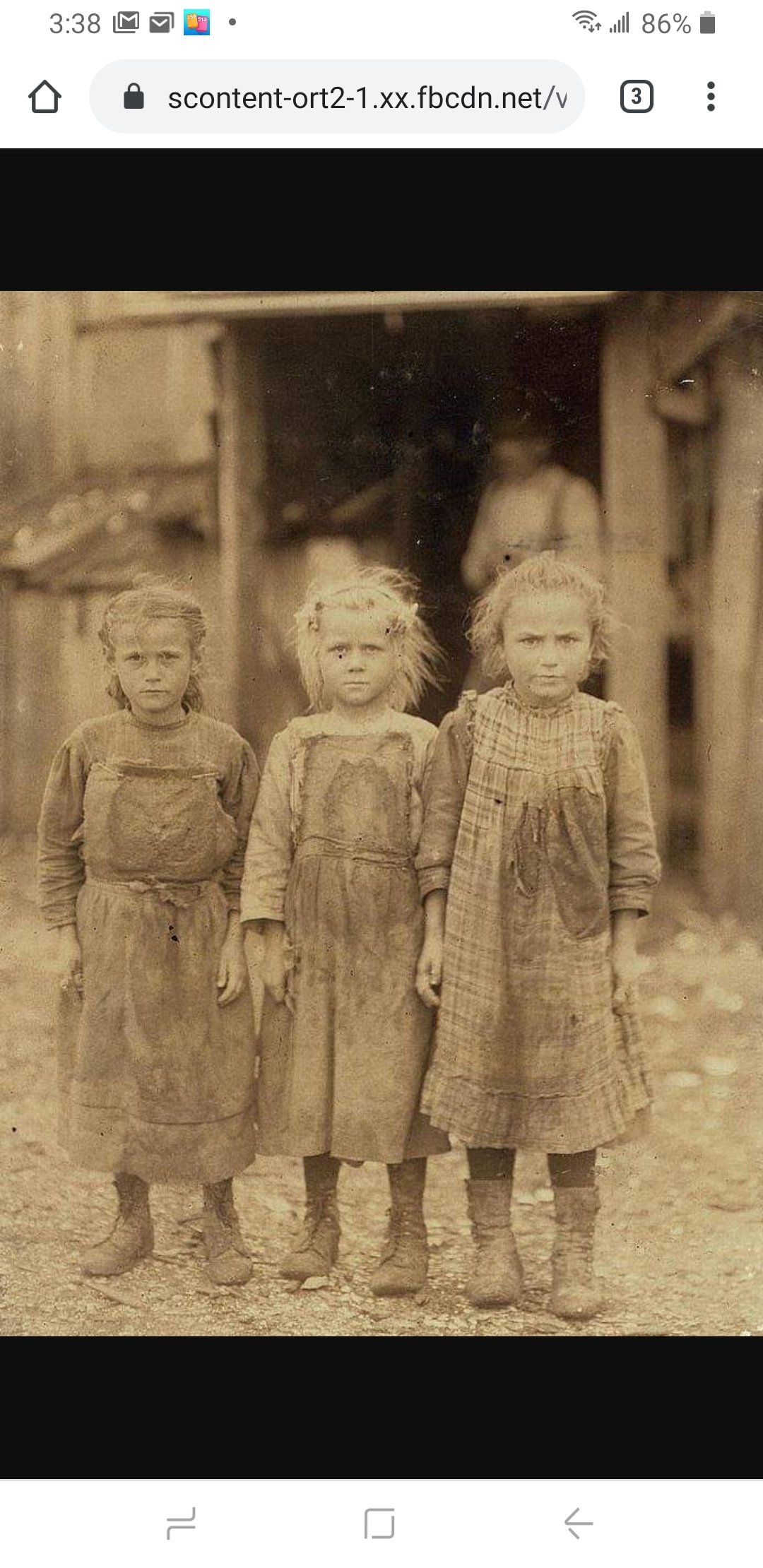
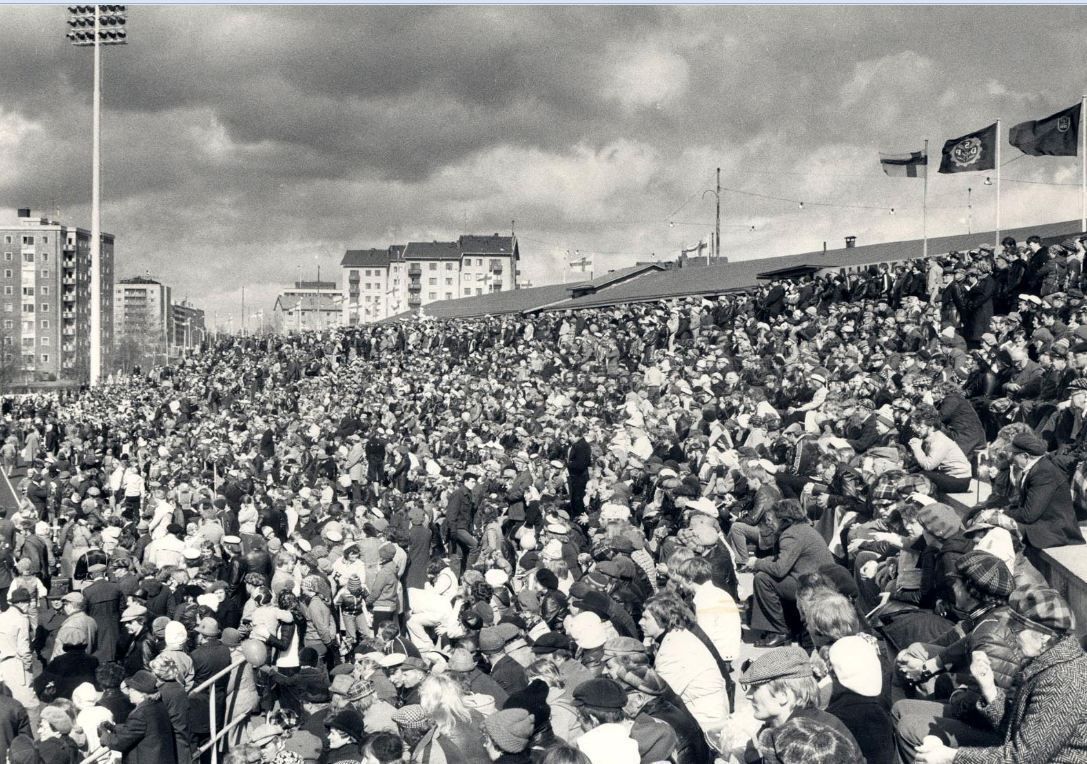
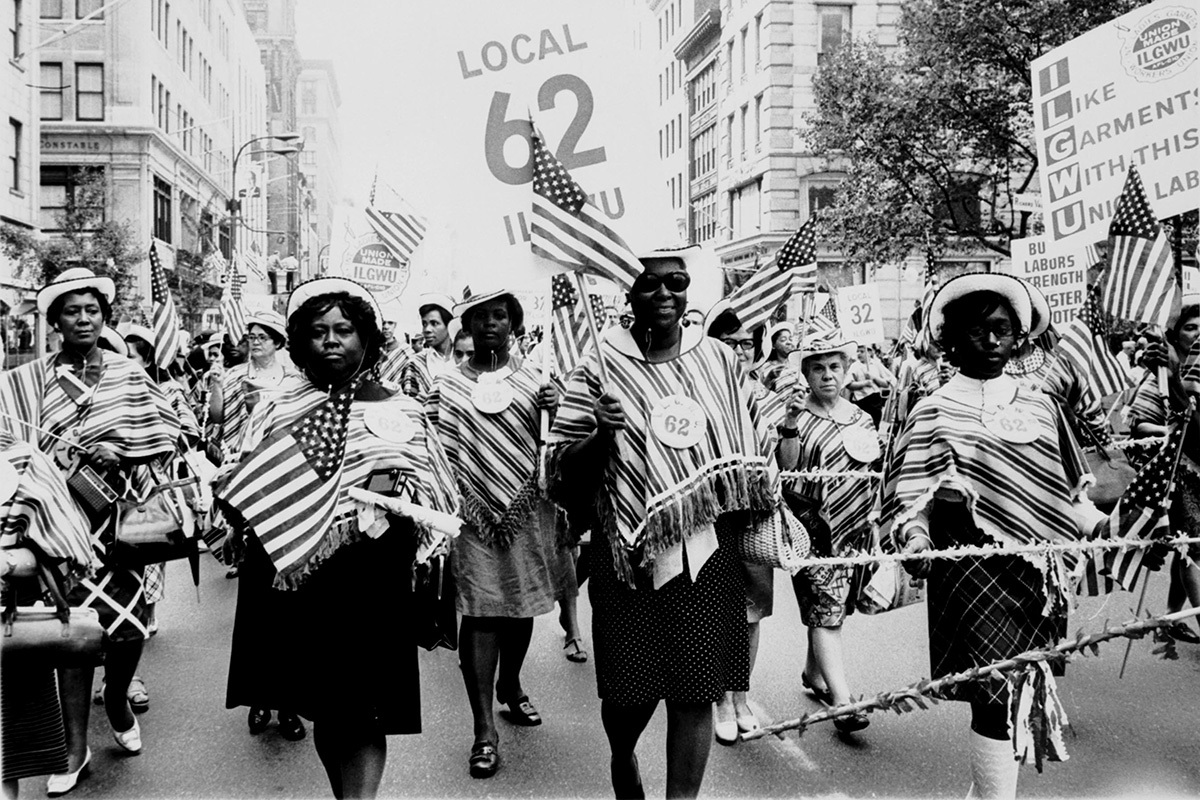

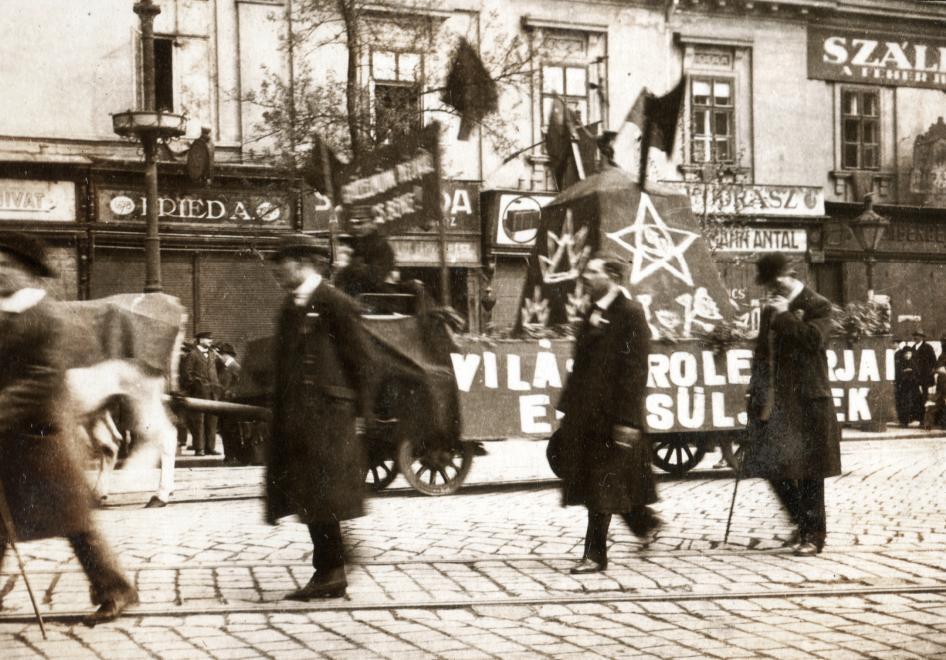
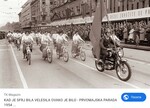

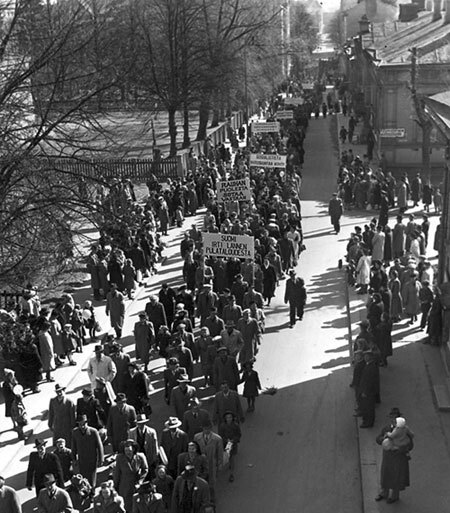
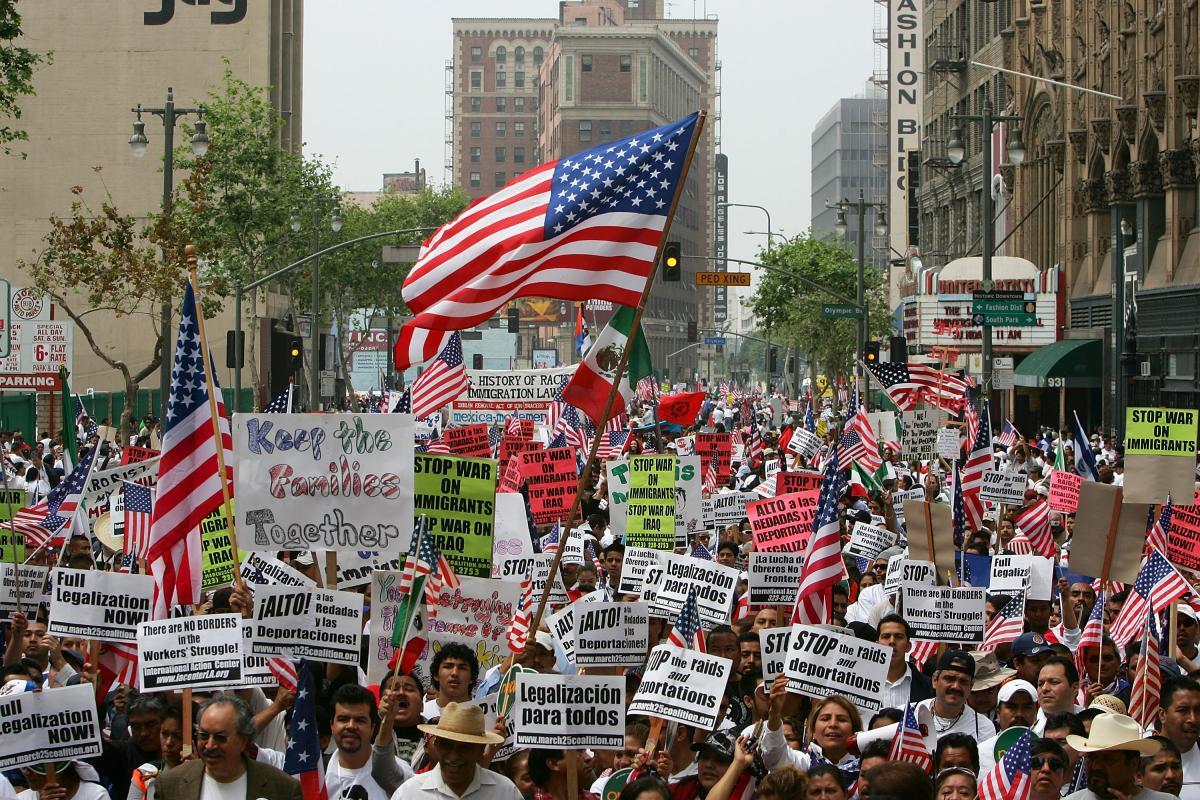
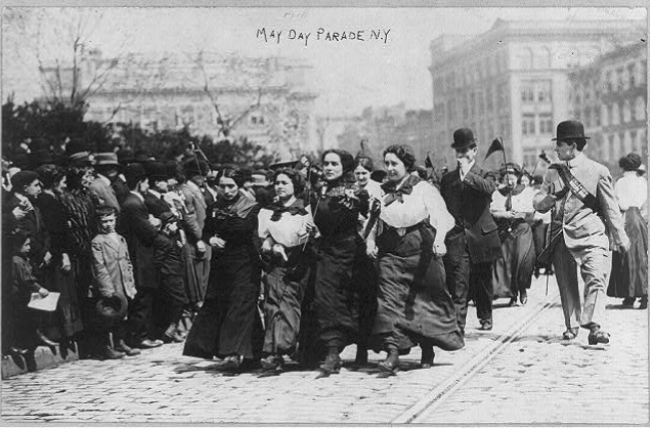
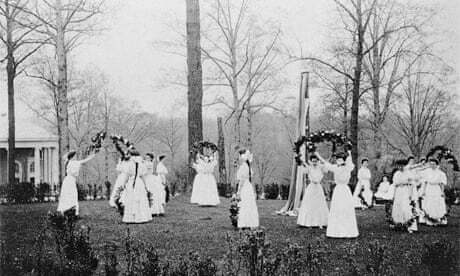
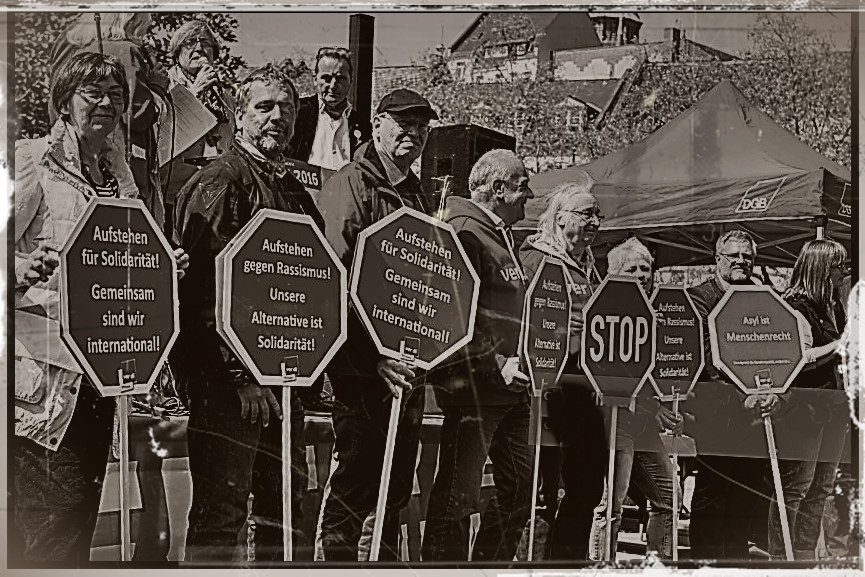
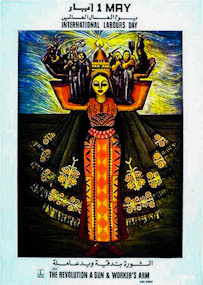

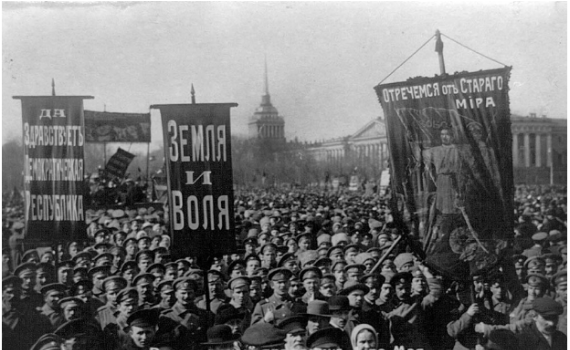

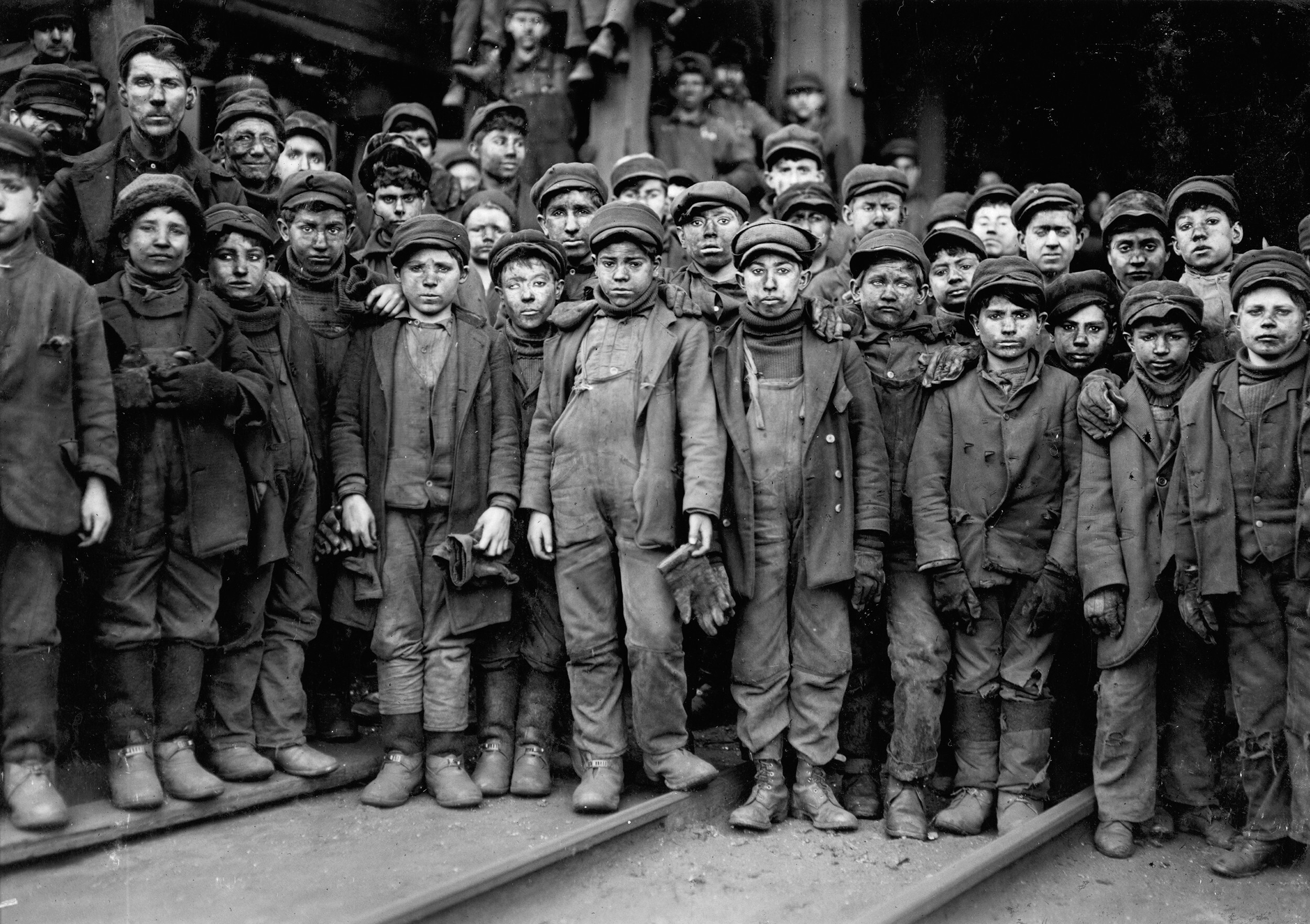 “Breaker boys working in Ewen Breaker of Pennsylvania Coal Co. Location: South Pittston, Pennsylvania.”
“Breaker boys working in Ewen Breaker of Pennsylvania Coal Co. Location: South Pittston, Pennsylvania.”